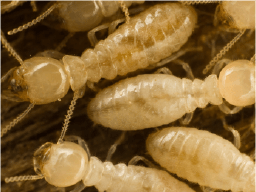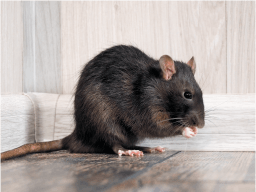Sand Fleas: What You Need to Know
Need to get rid of sand fleas? Read on to learn the answers to all of your important questions. Need help? Call our professionals today to get started.
Schedule Today!
What Are Sand Fleas?
There is a lot of confusion surrounding this little insect depending on where you live in the United States. Many different critters are referred to as sand fleas: the sandfly, Chigoes, and sand fleas from the family Talitridae. What does seem to remain constant is that sand fleas are a pest critter that lives in sandy areas. Read on to learn about the different creatures that are thought of as sand fleas.
What Are Sandflies?
Perhaps what you are thinking of when someone says “sand flea” is really the sandfly, which is also an informal name that can refer to several different species of flying, biting, parasitical fly that can be found in sandy areas. Other terms for the sandfly in the U.S. are no-see-ums, or biting midges. These sandflies are about 1-3mm in length. Sand fleas feed primarily on organic debris like seaweed and plankton but will feed on humans if the opportunity arises. Sand fleas can’t jump more than 20 cm high, thus most bites will happen on lower extremities like legs and ankles.
Sandflies are disease vectors, carrying several different diseases and transmitting through their bite. Areas that are known for having disease-carrying sandfly populations will caution beachgoers to use bug spray containing higher concentrations of DEET as a way of preventing bites and the transmission of pathogens. If you are planning to spend time at a beach, check to see if they have any known sandfly issues.
Chigoe Flea
The chigoe flea, sometimes also called jigger, not to be confused with chigger a parasitical mite. The jigger is a flea which the chigger is a tiny arachnid. Chigoes live in tropical climates and are extremely rare in North America. The chigoe flea is the only true flea of this list. The chigoe bite is itchy and resemble flea bites from familiar pet species.
Sand Fleas From The Family Talitridae
The sand flea from the family Talitridae can also be called sandhopper, landhopper, beach flea or beachhopper. These sand fleas aren’t even fleas or flies or any other kind of insect, but are rather crustaceans, like lobsters or crabs. Unlike lobsters and crabs, however, sand fleas are only about a half-inch to an inch long and live in the sand near the high-tide mark where it feeds on organic matter that washes up in the waves.
You might come across sand fleas from the family Talitridae in both the High Desert and near the beach in Southern California or while spending time in Las Vegas. They are also common in other sandy, hot areas of the country like the beaches in Florida. Sand fleas prefer to stay in sandy environments so it is unlikely you would find them in your home.
How Do I Get Rid Of Sand Fleas?
It is always important to identify what type of pest you are dealing with in order to properly treat the issue. Pest control professionals are trained to help control sand fleas and similar pests.
Call Pest Control Experts today to get a free quote and to schedule your home pest inspection as soon as possible
Call 855-891-5410














